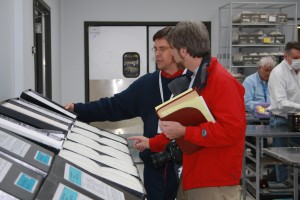 When I was thinking about doing this, it was letters like Q, X and Z that made me wonder if I could really do it. The video I shot as I showed a friend around Memphis came to mind quickly. Although Steve had worked in cotton for years off and on, seeing how cotton was tested for quality was new for him. As he soaked up all the things that he was being told. I wandered around shooting photos and video but somehow I failed to share it.
When I was thinking about doing this, it was letters like Q, X and Z that made me wonder if I could really do it. The video I shot as I showed a friend around Memphis came to mind quickly. Although Steve had worked in cotton for years off and on, seeing how cotton was tested for quality was new for him. As he soaked up all the things that he was being told. I wandered around shooting photos and video but somehow I failed to share it.
It’s important to note that while I have never worked for the USDA classing cotton, I worked in Mississippi for a dozen years at a company that was breeding Deltapine cotton varieties for farmers and one of the important pieces of the research & development program was having a proprietary fiber testing lab.
This lab enabled us to test fiber more quickly than if it had to go into the line with all the samples going to the USDA labs. And although the lab wasn’t run by the USDA, it tested itself and submitted blind tests to the USDA for analysis to remain calibrated. This lab was one of the favorite spots on site tours. For a couple of reasons, one was seeing how this is done up close is just cool and the other was how awesomely comfortable it was with the constant temperature & humidity (something Mississippi is not known for!)
Every Bale is Sampled and Tested
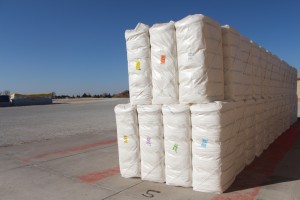 Last year, US cotton farmers produced an estimated 17 million bales of cotton for use in a variety of products from jeans to dollar bills. As farmers harvest & gin that cotton, they know how much they have in approximately 480 pound bales but farmers won’t know how much their crop is worth until the lint is classified by the USDA fiber testing labs. The fiber quality testing or classification is important so that textile mills will be able to target the fiber they need for various types of textiles.
Last year, US cotton farmers produced an estimated 17 million bales of cotton for use in a variety of products from jeans to dollar bills. As farmers harvest & gin that cotton, they know how much they have in approximately 480 pound bales but farmers won’t know how much their crop is worth until the lint is classified by the USDA fiber testing labs. The fiber quality testing or classification is important so that textile mills will be able to target the fiber they need for various types of textiles.
Cotton gins from across the Cotton Belt pull small samples from each bale and the barcode tag that is placed on that bale has a stub that goes with the sample to the classing office.
How the Labs Work
The classing labs bring in samples from gins in their area, bags full of samples arrive and each sample it taken out and allowed to adjust to the consistent temperature and humidity. This is really important because cotton’s elasticity and other factors can change if the cotton is wetter or drier. It works just like our t-shirts. Think about how much more a t-shirt will stretch out if you try to stretch it straight out of the shower vs how much it stretches out if you’ve been sweating in it for a while!
Cotton Quality Tests Run
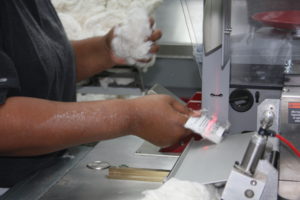
Once the cotton is at the specific temperature and humidity, technicians run a variety of tests that will help cotton merchants and buyers. The parameters include:
- Length
- Uniformity
- Micronaire
- Strength
- Color
- Trash/Foreign Matter
Questions on Fiber Quality?
 R, S, T, U & the Rest of the Alphabet Coming Soon!
R, S, T, U & the Rest of the Alphabet Coming Soon!
See the other posts in this series by clicking on the logo at right and reviewing the letters, or by browsing the A to Z ag tag archives. You should also feel free to add ideas for upcoming letters! I’m pretty pumped about getting caught back up here and getting this on its merry way!
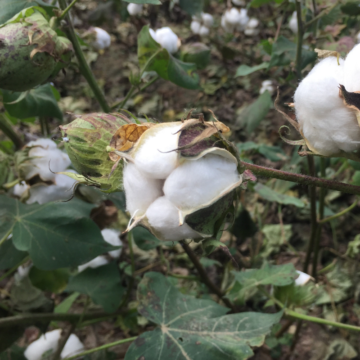
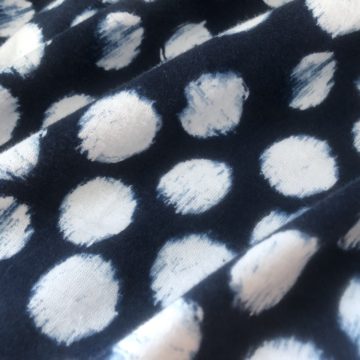



Oh, my goodness! This is so detailed and informative. I wish they would test our food as well as they do the cotton.
This is done so textile mills can match fiber purchases with the intended uses of the fiber. Actually a significant amount of testing for food quality and safety is done extensively long before a product is sold, there are a number of quality parameters that result in a lot of food waste in the US. What kind of testing would you like to see on food?
I didn’t know most of the details you included in this blog, Janice. Thanks for sharing it with us.
Such a good information this is..! Especially the cotton testing video is fantastically made. I like to understand a few things….
1. How long it takes to test a sample for all cotton properties like Length, Strength, Color, Trash etc..?
2. I have seen a portion of video where the top arm is pressing the cotton for color measurement.. It means whether the color measurement is at the top side or bottom of the sample? Because I have seen in India usually the color measurement of the cotton is done on the bottom side of the sample and top side is missed usually.
Nice to see your blogs.. All the best…
Test results are usually back to the farmer within a week. The biggest wait time is conditioning so the lint is at a consistent temperature and humidity.
Color is from the glass on the bottom but the sample will be flipped and the machine makes an average of multiple readings.
Hope that helps!